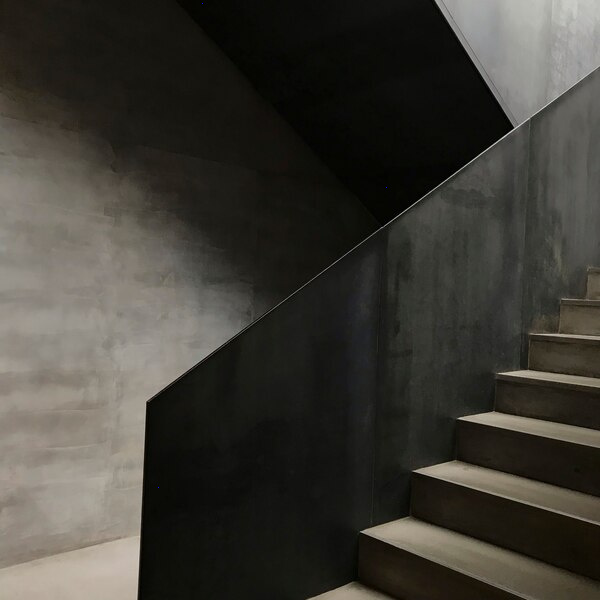Innovative Designs in Modern Architecture
Modern architecture continues to evolve and transform, reflecting the dynamic interplay between technology, sustainability, and aesthetics. Today’s architects are pushing the boundaries of design to create structures that are not only visually stunning but also environmentally responsible and highly functional. In this article, we explore some of the most innovative designs in modern architecture that are shaping the future of our built environment.
One of the major trends in modern architecture is the integration of advanced technology. Architects are now leveraging computational design, which utilizes algorithms to optimize building designs for efficiency and aesthetics. This approach allows for the creation of complex forms that were previously difficult to construct. For example, 3D printing technology is being used to produce intricate building components with precision and at a reduced cost. This not only accelerates the construction process but also enables the creation of structures with unique, flowing forms that capture the imagination.

Sustainability is another crucial element driving innovation in architecture. With increasing awareness of climate change and the need for eco-friendly solutions, architects are designing buildings that minimize environmental impact. This includes the use of sustainable materials like bamboo and recycled steel, as well as innovative systems for energy efficiency, such as solar panels and green roofs. Some structures go even further, incorporating rainwater harvesting systems and passive solar design to create self-sustaining buildings that reduce reliance on external resources.
The concept of adaptable architecture is also gaining momentum. As urban populations grow, there is a pressing need for versatile spaces that can adjust to different uses and demands. Modular construction is one solution, where prefabricated units are assembled on site, allowing for flexible and rapid development. Such designs promote sustainability by reducing waste and can be easily reconfigured to meet changing needs. The trend of adaptable spaces is particularly evident in the increasing number of co-living and co-working environments, which provide shared spaces that maximize usability while maintaining a level of privacy.
Biophilic design, which seeks to connect building occupants more closely to nature, is another innovative approach in modern architecture. This design philosophy incorporates natural elements into urban spaces, such as vegetation, water features, and natural lighting. The idea is to improve occupants’ well-being by reducing stress and enhancing productivity through a closer connection with nature. Vertical gardens and living walls are examples of biophilic elements that are becoming increasingly common in both residential and commercial buildings.
The advent of smart buildings is redefining how architecture interacts with its users. These buildings use integrated systems to monitor and control various aspects of the environment, such as lighting, temperature, and security. Smart technologies allow these systems to respond to real-time data, optimizing energy use and improving the comfort and safety of occupants. The intelligent integration of technology creates environments that learn and adapt, ultimately enhancing efficiency and providing a higher quality of life for inhabitants.
Incorporating cultural and historical context into modern architecture is also seeing renewed interest. Architects are increasingly considering the cultural significance of a location and incorporating traditional design elements into their modern creations. This approach not only respects the past but creates a dialogue between the old and the new, enriching the architectural landscape with layered narratives.
In conclusion, modern architecture is driven by a quest for innovation that encompasses technology, sustainability, adaptability, and cultural relevance. Architects are crafting spaces that not only meet the functional demands of today’s world but also contribute to a more sustainable and connected future. As architecture continues to evolve, it will undoubtedly keep pushing the limits of what is possible, creating environments that inspire and endure.